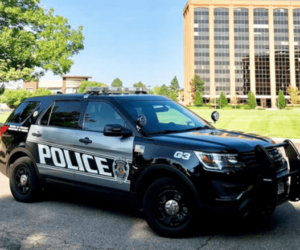Prescription drugs are currently one of the most abused categories of drugs in America, surpassed only by marijuana. They are even more widely abused than street drugs like methamphetamine, cocaine and heroin. Part of the attraction of prescription drugs is that they are relatively easy to obtain from doctors or prescription drug dealers. They can be found in the medicine cabinets of many households, easily accessible to family members and visitors. As a result, a growing number of people are abusing prescription drugs and becoming addicted.

The National Institutes of Health has reported that an estimated 20 percent of people in the U.S. have used prescription drugs for non-medical reasons. The most highly addictive prescription drugs are narcotic painkillers (OxyContin, Vicodin, Percocet), tranquilizers (Valium, Xanax, Ativan) and stimulants (Adderall, Ritalin).
Prescription steroids, which increase muscle mass and may be prescribed for muscle-wasting conditions like cancer and AIDS, are also subject to abuse by athletes and non-athletes who want to improve their appearance or performance. The non-medical use of steroids is addictive and may lead to irreversible health problems. Steroids abuse is more prevalent among males. Junior high school and high school boys are especially vulnerable, with a 2008 survey reporting up to 2.5% of male high school seniors admitting to have tried steroids.
A look at the statistics for emergency room visits reveals the extent of the prescription drug crisis in the U.S. In 2009, more than 1.2 million people were treated for abuse of prescription and over-the-counter drugs. This number more than doubled between 2004 and 2009 while the figures for illicit drugs remained stable at less than 1 million ER visits per year.
The U.S. government recognizes the growing threat of prescription drug addiction and has taken the following measures:
- The Secure and Responsible Drug Disposal Act encourages local communities to provide environmentally safe ways to dispose of unneeded or expired prescription drugs.
- States are being encouraged to initiate prescription drug monitoring programs that prevent individuals from obtaining multiple prescriptions for addictive drugs from different physicians. Currently, 34 states have monitoring programs in operation.
- Congress has been asked to fund more training for doctors on the dangers of opiate painkillers, including how to detect signs of dependence in patients.
- States are receiving federal law enforcement assistance in cracking down on unethical prescribers and “pill mills” that distribute dangerous prescription drugs indiscriminately.
Although these government programs may help combat the spread of prescription drug abuse, they do not address the problems of individuals who become addicted and the impact of their addiction on family and friends. It is up to family and friends to find help for addicted loved ones, often by staging an intervention. Like other types of addiction, prescription drug addiction is best treated by medical professionals in a rehabilitation facility. Medically supervised detoxification is usually required, followed by behavioral therapy that will help the addict develop healthy habits that don’t involved prescription drug abuse.

